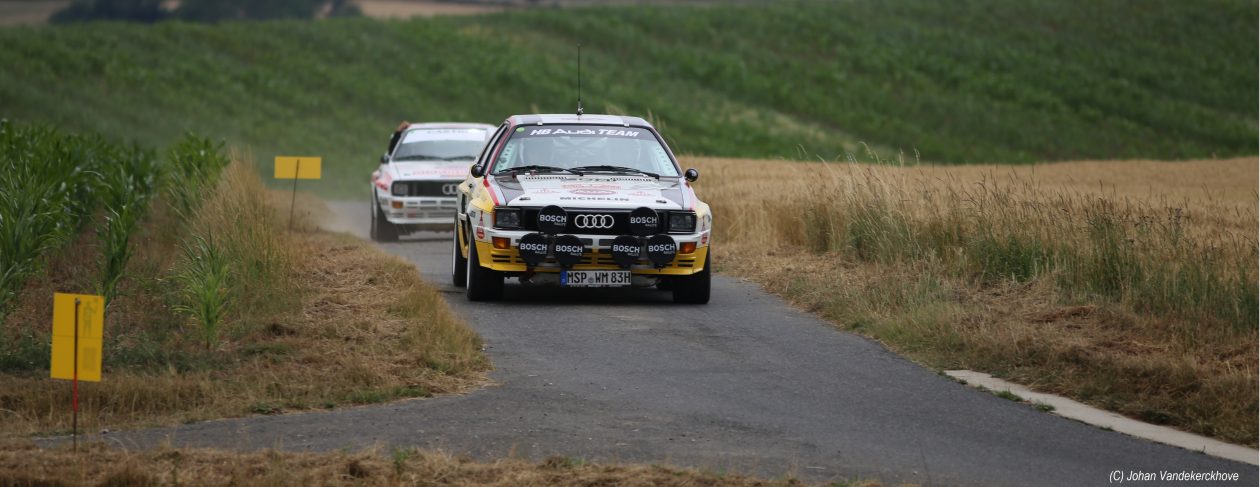
INTRODUCTION
In early 1980, as soon as the Group B regulations were announced to take effect in 1982, the Fiat Group immediately launched a new bespoke rally car effort in hopes to revive the Lancia Stratos glory days in the World Rally Championship (WRC); Project SE037, better kwown as the Rallye 037.
TABLE OF CONTENTS
- HISTORY
- RALLY CAR SPECIFICATIONS
- HOMOLOGATION MODEL
- ROAD CAR SPECIFICATIONS
- VIDEOS
- LIBRARY / REFERENCES
You must be logged in to view this content.
If you're an existing user, please <LOGIN>.
If you're a new user, please <REGISTER>.
